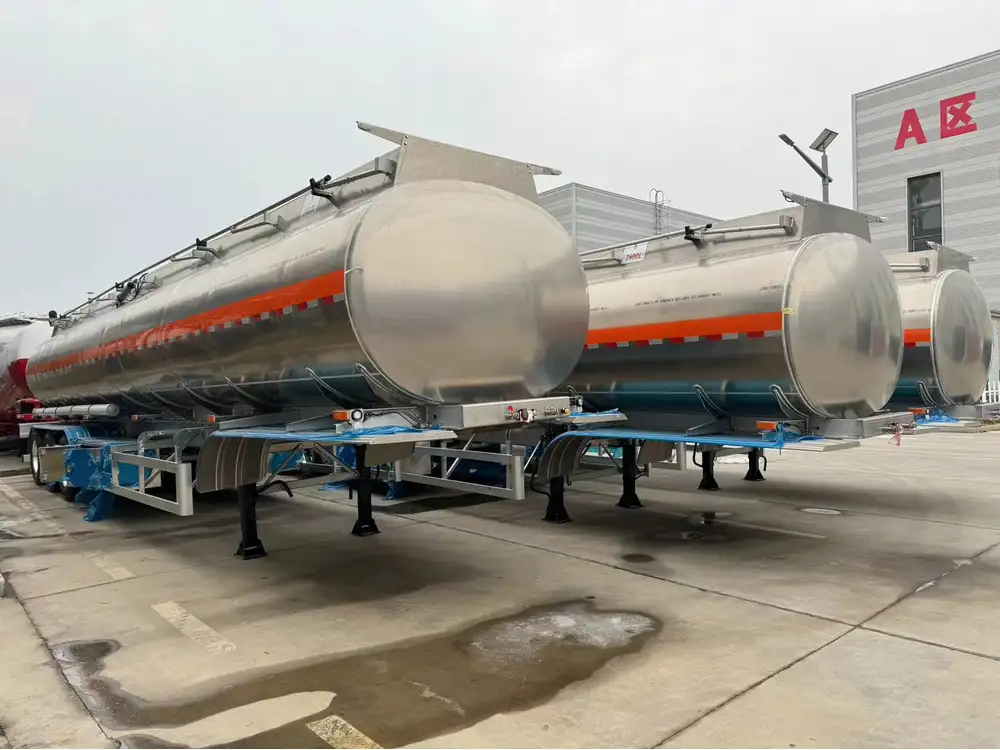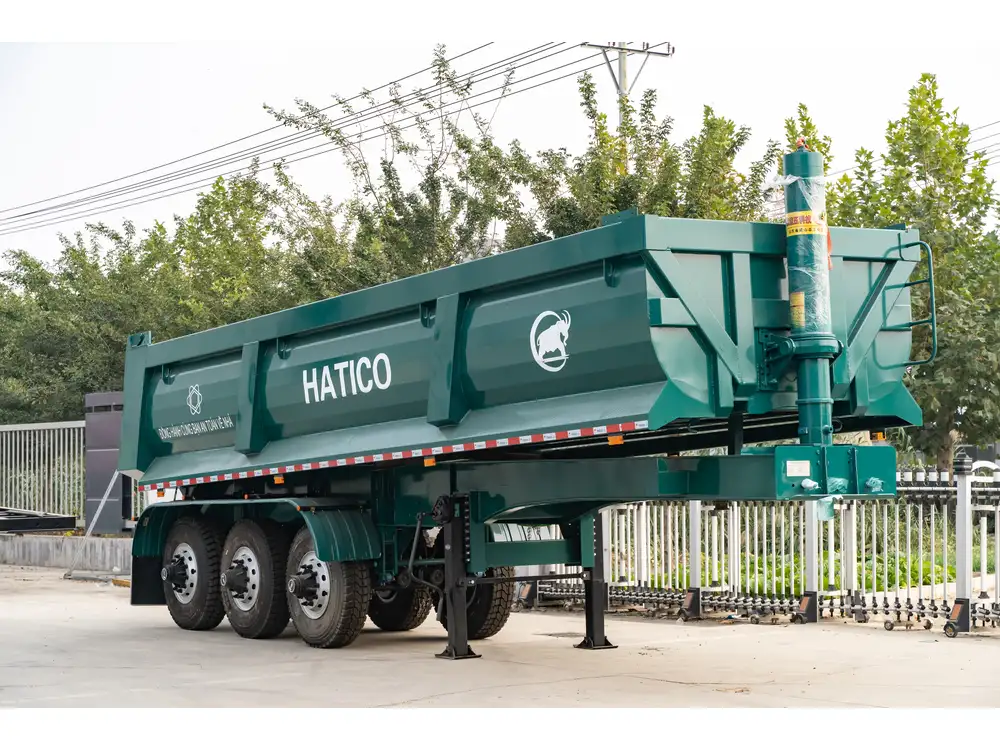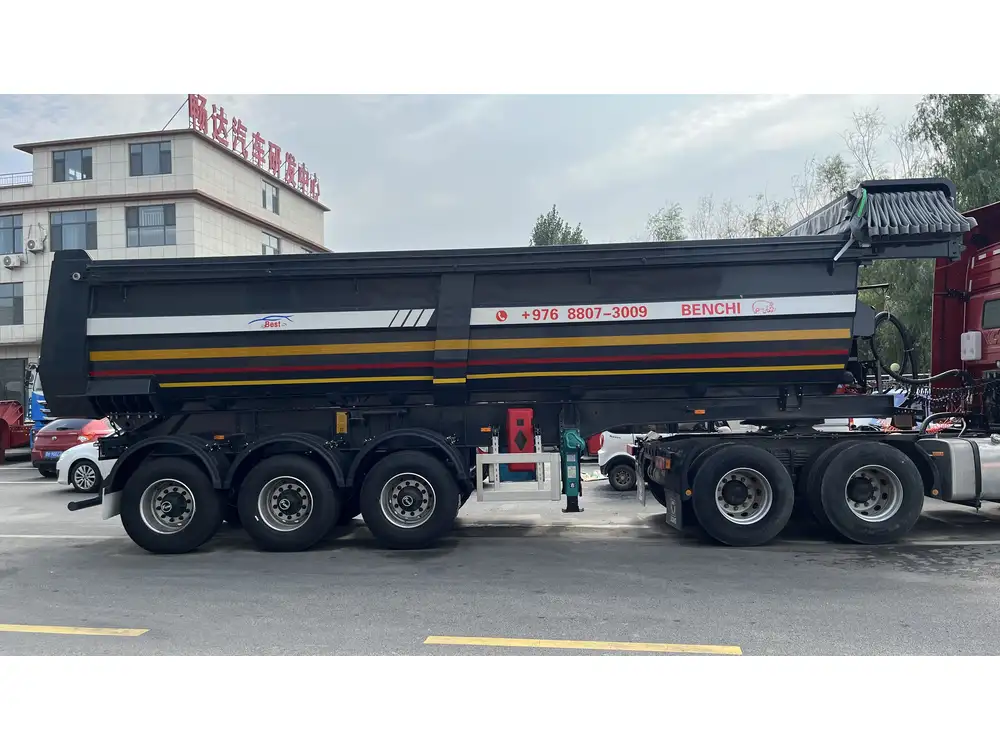Towing an SUV on a flatbed trailer is a task that requires precision, knowledge, and attention to safety protocols. This article aims to provide an exhaustive guide to help you streamline the process, regardless of your prior experience with towing. Whether you are a casual traveler, a car enthusiast, or a logistics professional, understanding the intricacies of towing an SUV correctly will ensure that your vehicle reaches its destination safely and securely.
Understanding the Basics of Flatbed Trailers
What is a Flatbed Trailer?
A flatbed trailer is a versatile towing device characterized by a flat deck, making it ideally suited for transporting various types of cargo, including vehicles. Its low profile and open design allow for easy loading and unloading, which is particularly beneficial when maneuvering larger vehicles like SUVs.

Types of Flatbed Trailers
| Trailer Type | Description | Best Use Case |
|---|---|---|
| Standard Flatbed | A basic unencumbered flat surface | General vehicle transport |
| Tilt Bed Trailer | The trailer bed tilts to assist loading | Loading low-clearance vehicles |
| Removable Gooseneck | Offers improved stability with heavy loads | Transporting large or evergreen SUVs |
Choosing the right type of flatbed trailer is the first step in successfully towing your SUV.
Step-by-Step Guide to Towing an SUV
1. Preparation: Assessing the Equipment
Before you even think about loading your SUV onto the flatbed trailer, a checklist of essential equipment and tools is crucial to avoid any last-minute scrambles.

Essential Equipment:
- Flatbed Trailer: Ensure that it is rated for the weight of your SUV.
- Weight Distribution Bars: To enhance stability and control during towing.
- Ratchet Straps or Chains: For securing the vehicle onto the trailer.
- Dolly Wheels: Helpful for smoother maneuvering.
- Safety Chains: To provide an additional layer of security during transport.
2. Preparing the SUV for Towing
Check Vehicle Weight
First, ascertain the SUV’s weight. This is often listed in the owner’s manual. Verify that both the trailer and the towing vehicle can handle the combined weight without compromising safety.

Disable Any Security Features
Disable any alarms or security systems that may trigger while the vehicle is being towed. It’s also advisable to ensure that the fuel tank is adequately filled to prevent vapor lock but not overloaded to keep the weight manageable.
3. Loading the SUV Onto the Flatbed
Positioning the Trailer
- Level Ground: Ensure that both the tow vehicle and the trailer are parked on level ground. This will prevent any potential sliding during the loading process.
- Align the Trailer: Position the trailer as close to the SUV as possible while ensuring it is parallel.

Loading Procedure
- Use Ramp: If your trailer has a low load height or a tilt feature, utilize it to ease the loading process.
- Control Speed: Drive the SUV slowly up the ramp and onto the trailer bed, keeping tires aligned with the trailer’s wheels.
4. Securing the SUV
Properly securing the SUV is perhaps the most critical step in the towing process. An unsecured vehicle can lead to significant damage and potential road accidents.
Use of Ratchet Straps
- Position Straps: Attach ratchet straps or chains over the SUV, positioning them at points specified in the trailer’s manual for optimal weight distribution.
- Tighten Appropriately: Tighten the straps securely, but avoid over-tightening to prevent damage to the SUV.

Employ Safety Chains
Make sure to attach safety chains in a crisscross pattern underneath the drawbar of the trailer to inhibit any accidental disconnection. The chains should not be too loose, preventing them from dragging on the road.
5. Towing the SUV
Now that the SUV is safely loaded and secured, it’s time to hit the road. However, several factors need consideration to ensure a smooth towing experience.
Towing Techniques

Use Smooth Acceleration
When towing, acceleration should be gradual; aggressive movements can put undue stress on both the towing vehicle and the trailer.
Maintain Safe Following Distance
Due to the increased weight and length of towing setup, it’s vital to maintain a longer distance from the vehicle in front to allow for ample stopping time.
Be Mindful of Turning Radius
The turning radius increases when towing an SUV. Always account for this increased radius when making turns.

6. Navigating Potential Problems
No towing experience is without its challenges. Here are some potential issues to be aware of and how to address them:
Tire Blowouts
- Preventative Measures: Regularly check tire pressure and tread depth on both the SUV and trailer. Carry a spare tire on hand as a precaution.
- Suitable Response: If a blowout occurs, remain calm, slow down gradually, and pull over safely.
Swaying Issues
- Causes: Swaying can often occur due to wind or improper weight distribution.
- Solution: If experiencing swaying, refrain from overcorrecting. Instead, reduce speed gradually until stability returns.

7. Unloading the SUV
Once you arrive at your destination, the unloading process must be executed with the same care as loading.
Unloading Steps
- Remove Security Straps: Begin by loosening and removing all straps or chains holding the SUV in place.
- Check Surroundings: Before reversing off the trailer, ensure the area behind is clear.
- Gradual Descent: Drive slowly down the ramp, keeping alignment to prevent any mishaps.
8. Compliance and Legal Considerations
Towing an SUV can be subject to various regulations depending on your region. Be sure to familiarize yourself with:
- Vehicle License Requirements: Ensure you have the appropriate license for the weight you’re towing.
- Towing Capacity of Your Vehicle: Double-check the owner’s manual for specifics related to towing capacity to avoid any legal or safety hazards.

Conclusion: The Importance of Safety in Towing
Towing an SUV on a flatbed trailer should not be taken lightly. Each step, from preparation to unloading, is integral to a safe and efficient towing experience. By thoroughly understanding the equipment, the necessary safety precautions, and the legal guidelines, you increase the likelihood of a successful transport.
Incorporating this knowledge into your towing routine not only enhances safety but also sustains the integrity of the vehicles involved. With this comprehensive guide, you are now equipped with the tools and knowledge necessary to tow an SUV on a flatbed trailer with confidence and assurance.



